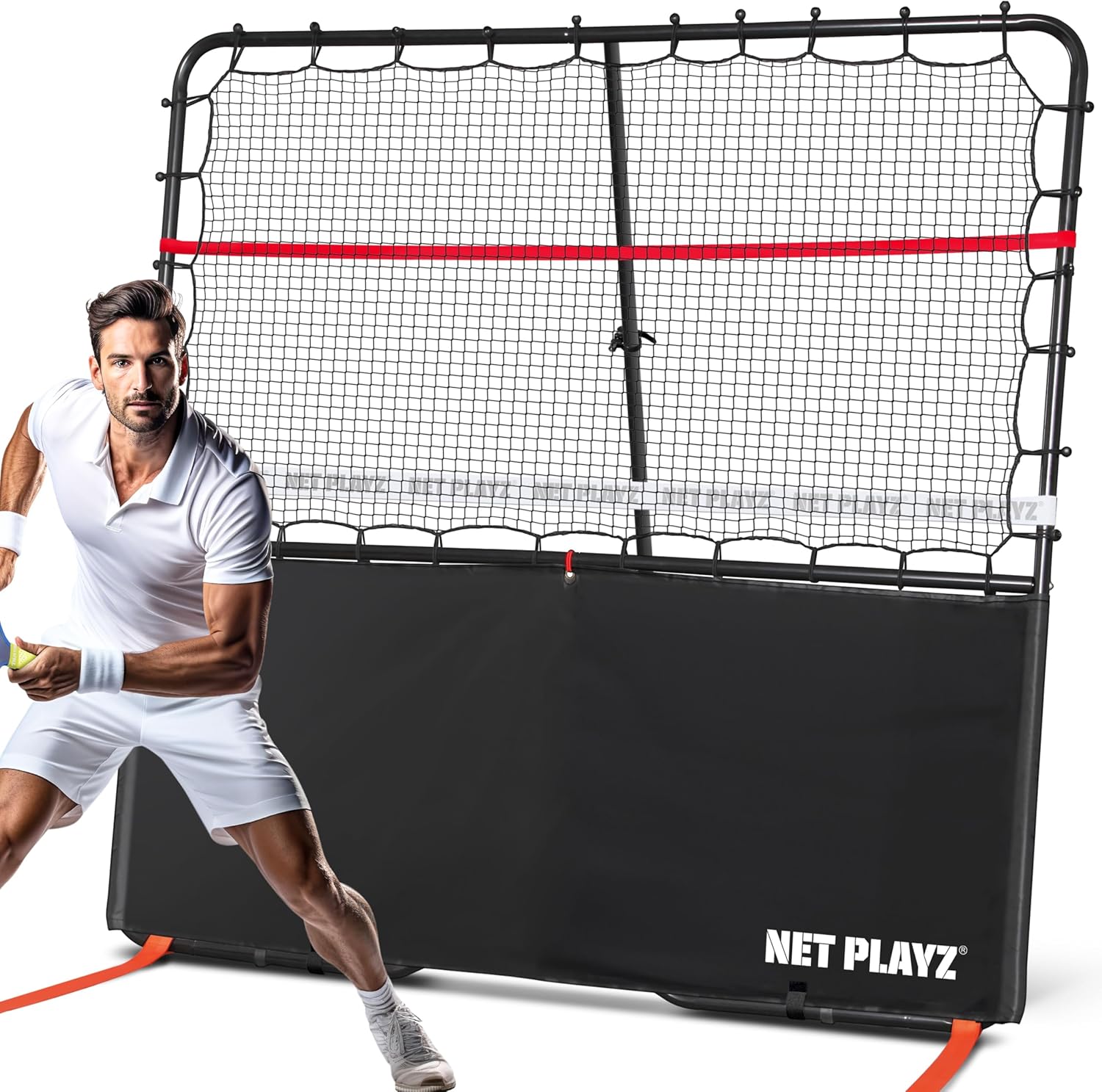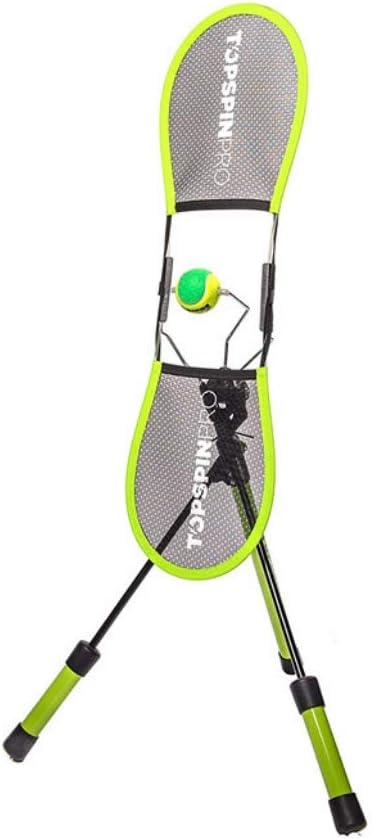Last Updated on December 7, 2025 by Drew Pierce

To elevate your game, beginners should focus on four core drills: Dinking (for soft control), Volleys (for quick net reactions), Groundstrokes (for baseline consistency), and Serve/Return placement. Practice these weekly to build muscle memory, improve footwork, and develop the consistency needed to win matches.
Pickleball has taken the world by storm, and if you’re new to the court, you’re likely eager to improve your skills. While playing games is undoubtedly the most fun way to learn, incorporating targeted drills into your routine can dramatically accelerate your progress. This article will guide you through essential pickleball drills designed specifically for beginners, helping you build a solid foundation and confidence on the court. If you’re just starting your pickleball journey and need a refresher on the basics, be sure to check out our comprehensive guide: What Is Pickleball?
Why Drills Matter for Beginners
For new pickleball players, drills offer a controlled environment to practice specific shots, movements, and strategies without the pressure of a live game. They help you:
- Develop Muscle Memory: Repetition of shots helps your body learn the correct form and technique.
- Improve Consistency: Drills focus on making the same shot accurately, time and again.
- Enhance Footwork: Many drills incorporate movement, crucial for covering the court effectively.
- Build Confidence: Mastering individual skills in drills translates to more assured play in games.
- Understand Court Positioning: Drills can teach you where to be on the court for various shots.
To ensure you’re practicing with the correct form and understanding the game’s nuances, it’s always helpful to review the Official Pickleball Rules set by USA Pickleball.
🏆 5 Tools to Train Solo
| Tool | Top Pick | Why It Helps | Check Price |
|---|---|---|---|
 |
Net Playz Rebounder | Practice speed-ups at home | View Deal |
 |
Franklin Sweet Spot Paddle | Trains hand-eye precision | View Deal |
 |
TopspinPro | Teaches “roll” mechanics | View Deal |
 |
Franklin Sports Machine | Automatic feeding (The Splurge) | View Deal |
 |
Tourna Ball Tube | Saves your back during drills | View Deal |
Fundamental Drills to Master
Before you dive into complex strategies, focus on these foundational drills:
1. Dinking Drill: The Short Game Master
The “dink” is a soft shot that lands just over the net in the non-volley zone (NVZ) or “kitchen.” Mastering it is crucial for controlling rallies and creating offensive opportunities.
- How to do it: Stand on opposite sides of the net, just outside the non-volley zone. Your goal is to hit soft dinks that land in your partner’s NVZ, forcing them to hit up on the ball. Focus on consistency, keeping the ball low over the net, and landing it deep in the kitchen.
- Progression: Start by dinking cross-court, then try straight-ahead dinks. Once consistent, try to move your partner by alternating dink placement.
- Key takeaway: Aim for touch, control, and consistency, not power.
2. Volley Drill: Quick Hands at the Net
Volleys are shots hit out of the air before the ball bounces. They are essential for aggressive play at the net.
- How to do it: Stand at the non-volley line with your partner directly across from you. Hit volleys back and forth, focusing on a compact swing and keeping your paddle in front of you. Try to keep the ball low over the net.
- Progression: Start with forehand volleys, then backhand volleys, and finally alternate between the two. Introduce movement by having your partner hit the ball slightly to your left or right.
- Key takeaway: Keep your paddle up and ready, and use your body to direct the ball.

3. Groundstroke Consistency: Baseline Battle
Groundstrokes (forehands and backhands hit after the bounce) are fundamental for starting rallies and recovering from deep shots.
- How to do it: Stand at the baseline with your partner. Hit forehand and backhand groundstrokes back and forth, aiming to keep the ball within the court boundaries. Focus on a smooth swing and getting your feet set for each shot.
- Progression: Practice hitting to specific targets, like the opponent’s backhand or forehand side. Gradually increase the pace as your consistency improves.
- Key takeaway: Focus on a full follow-through and getting your body weight into the shot.
4. Serve and Return Drill: Setting the Tone
The serve and return are the most important shots in pickleball, as they initiate every point.
- How to do it: Practice your serve, focusing on consistency and getting it deep into the service box. Have your partner practice returning the serve, aiming for a deep return that pushes you back.
- Progression: Once consistent, work on different types of serves (e.g., soft, deep, or slightly angled) and returns (e.g., dinks, drives, or lobs).
- Key takeaway: Consistency over power for the serve, and depth over aggression for the return.
5. Transition Zone Drill: Closing the Gap
The “transition zone” is the area between the baseline and the non-volley zone line. Moving efficiently through this area to get to the net is vital.
- How to do it: One player starts at the baseline, and the other at the non-volley line. The player at the NVZ hits a groundstroke to the baseliner, who then hits a groundstroke back. After hitting, the baseliner runs up to the NVZ. The rally continues with dinks or volleys.
- Key takeaway: Move quickly and efficiently after your shot to get to the net.
Tips for Effective Drilling
- Start Slow: Focus on technique and consistency before power or speed.
- Drill with a Purpose: Know what skill you’re trying to improve with each drill.
- Vary Your Partners: Play with different skill levels to adapt your game.
- Be Patient: Improvement takes time and consistent effort.
- Have Fun: Remember why you started playing pickleball in the first place!
By incorporating these beginner-friendly drills into your pickleball routine, you’ll not only see a rapid improvement in your game but also gain a deeper understanding and appreciation for the nuances of this exciting sport. Get out there, drill, and enjoy your pickleball journey!
